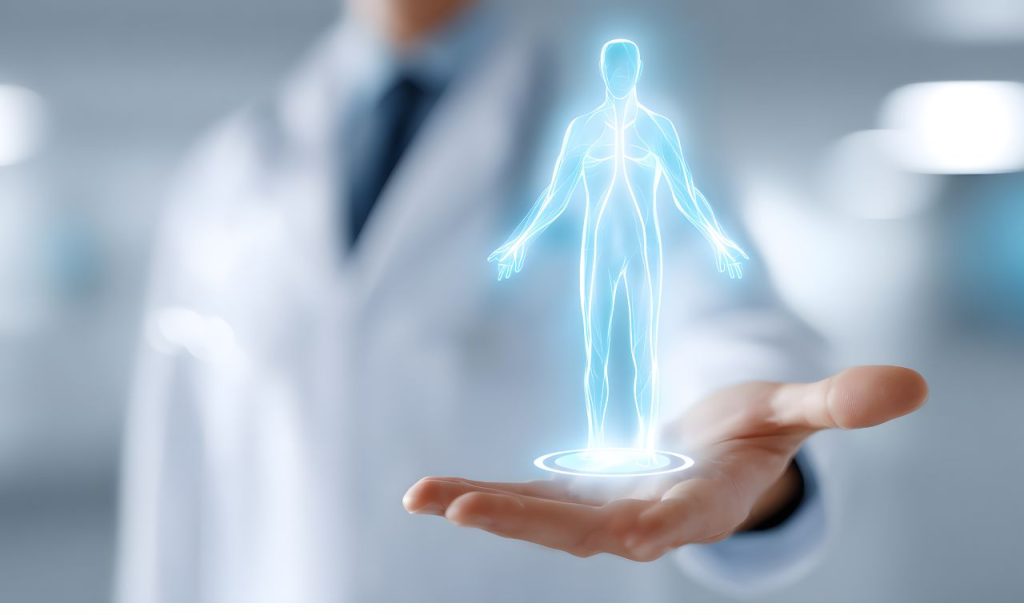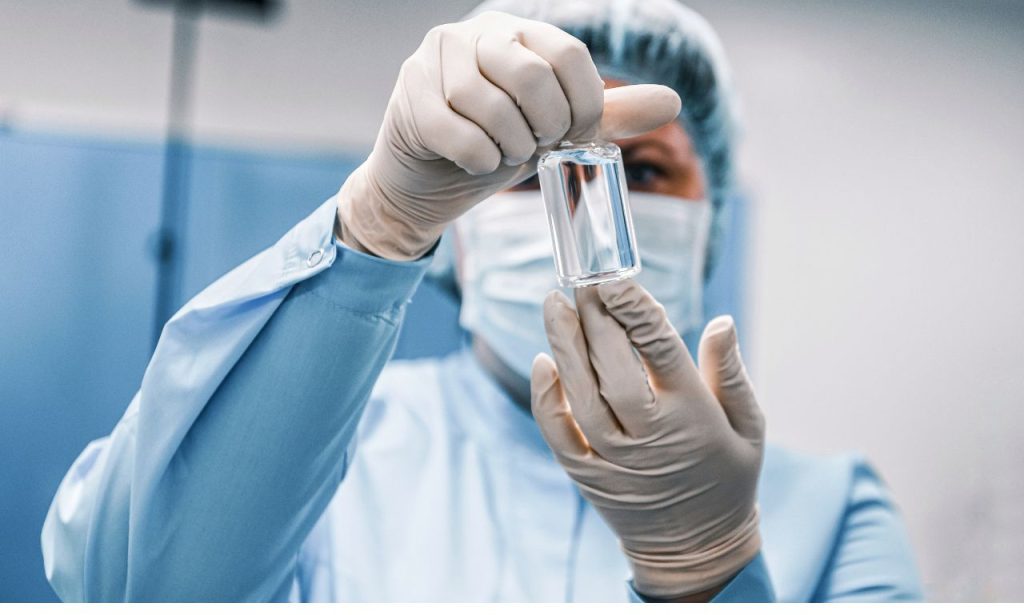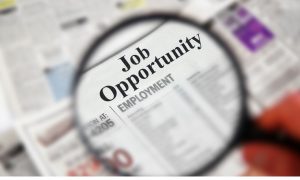We often picture astronauts braving the vacuum, cosmic radiation, and treks across other worlds. Yet, there’s another frontier where their influence is just as profound: pushing the boundaries of medicine and human health. By living and working beyond Earth, astronauts act as both subjects and catalysts in revealing how extreme environments affect biology. Their very existence in space becomes a living laboratory. In this article, we’ll explore the role of astronauts in advancing space medicine and human health, demonstrating how their missions have a ripple effect on Earth in surprising ways.
From bone loss and muscle wasting to psychological resilience and radiation risk, space generates challenges to human physiology. But astronauts don’t just endure those extremes — they help us understand them. They test countermeasures, validate new technologies, and contribute data we’d never gather otherwise. In doing so, they advance not just space health, but medical science on Earth. Let’s take a look at how they do this — from engineering resilience to acting as frontier doctors — and how all this matters for future missions to Mars and beyond.
Unveiling Space’s Impact
When an astronaut floats in microgravity, their body undergoes changes at cellular, organ, and systemic levels. Immediately, fluids shift upward, cardiovascular loading changes, and the musculoskeletal system begins adapting to lack of mechanical stress. Over time, bone density dwindles, muscles shrink, and the immune system shows signs of dysregulation.
A striking example: recent research demonstrated that spaceflight accelerates the aging of human blood‑forming stem cells. Samples flown on SpaceX missions between 2021 and 2023 suffered DNA damage, declining regenerative capacity, and evidence of chromosomal degradation. (Reuters) That result underscores that astronauts help expose processes akin to aging or disease trajectories in a compressed timeframe — insights that terrestrial scientists can use.
Another oft‑cited phenomenon is vision change and intracranial pressure syndrome, where elevated pressure inside the skull in microgravity affects ocular structure. That has led to investigations into how cerebrospinal fluid dynamics work differently off Earth and how those lessons may inform conditions like glaucoma.
Then there is cardiovascular deconditioning. Long stays in orbit reduce cardiac output, diminish orthostatic tolerance, and alter blood vessel tone. Models show these changes mimic aspects of aging or sedentary disease states. (arXiv) By measuring those shifts, astronauts furnish data that guides both mission countermeasures and our understanding of disease on Earth.
Moreover, the isolation, confinement, and high-stress environment provide a natural laboratory for behavioral health and cognitive resilience. Astronauts’ mental health outcomes — good and bad — teach us about managing stress, isolation, and adaptation in extreme settings.
In short: astronauts are living bridges between space and Earthly medicine. Their bodies show us what happens when human physiology is pushed to the edges.
Engineering Resilience

To survive in space for months, astronauts rely on engineered systems to protect their bodies. Resilience in this context is built through hardware, protocols, and adaptive technologies — and astronauts help test and refine them.
One such system is exercise devices. The Advanced Resistive Exercise Device (ARED), treadmill systems with harnesses, and cycle ergometers onboard the International Space Station (ISS) let crew members load muscles and bones despite weightlessness. NASA mandates about 2.5 hours of exercise per astronaut per day. (NASA) Without astronauts operating and providing feedback, these devices would remain theoretical.
Wearable systems constitute the next frontier. Researchers are developing sensor-laden suits and modular exoskeletons that can dynamically load muscles or detect strain. These wearables promise real-time adaptation to the individual’s physiology in microgravity. (arXiv) Astronauts wearing prototypes help validate usability, comfort, and efficacy.
In a less tangible but no less vital role, their bodies validate computational models and simulations. For radiation shielding, human “phantoms” (digital and physical) predict dose deposition, but astronaut data provides ground truth. (arXiv) In cardiovascular models too, measurements from crew members help tune multiscale models of deconditioning. (arXiv)
Engineered resilience thus improves through iterative feedback from humans living in space. Astronauts show what works, what fails, and what needs tweaking.
Exercise and Physical Conditioning
In the absence of gravity, your muscles and bones become redundant. Rather than being lazy, astronauts fight constant decay. Resistance and cardio regimens onboard the ISS maintain musculoskeletal integrity, preserve aerobic capacity, and support overall health. Those regimens are not theoretical — crews refine them through years of daily practice.
Muscle atrophy and bone demineralization are among the most visible challenges astronauts face. Countermeasures include heavy resistance exercise, vibration platforms, and potentially pharmacological adjuncts (e.g., bisphosphonates) under investigation. Astronauts help test which combinations best preserve tissue.
Continuous monitoring of muscle strength, cross‑sectional area, and bone markers (via blood and urine) during missions contributes to data sets linking exercise dose to outcomes. Researchers can sometimes see “responder” and “non‑responder” patterns — why does exercise preserve bone better for some than others?
Exercise also supports cardiovascular health. Maintaining workload capacity helps the heart resist deconditioning. Astronauts’ heart rate, stroke volume, and vascular stiffness are tracked to judge how well conditioning mitigates microgravity’s cardiovascular effects.
When astronauts return to Earth, reconditioning follows, and their recovery outcomes (how fast strength returns, how balance recovers) become critical data themselves. That informs rehabilitation protocols not just for returning astronauts, but for terrestrial patients debilitated from inactivity, bedrest, or aging.
By participating in these exercise regimens, astronauts act as both subjects and collaborators in refining protocols that straddle space and Earthly benefit.
Nutritional Strategies for Optimal Performance and Health
You can’t just eat takeout in space. Astronauts depend on carefully designed diets to supply macro- and micronutrients under stress conditions. And they test nutritional strategies with health outcomes in mind.
Foods flown on the ISS are optimized for nutrition, shelf life, palatability, and ease of preparation. NASA’s Space Food Systems Laboratory develops menus and supplements to mitigate bone loss, oxidative stress, and muscle degradation. (NASA)
Astronauts provide feedback on taste, usability, packaging, and side effects. Their subjective experience with appetite, digestion, and nutrient absorption informs future provision design.
Metabolic studies in orbit allow comparisons of energy expenditure, nutrient utilization, and metabolic shifts in microgravity. That data is valuable for understanding metabolism under extreme stress, with applications for metabolic disease research on Earth.
Astronauts also help test targeted nutritional countermeasures — for example, antioxidants, vitamin D supplementation, omega-3 fatty acids, or specialized amino acid blends. Their outcomes (bone biomarkers, inflammation markers, muscle preservation) reveal which interventions work best in an extreme environment.
Finally, astronauts sometimes carry “personal favorites” or special items to buffer psychological stress and act as morale boosters. Their choices and responses provide clues about the emotional component of eating in extreme contexts.
By blending practical trials with scientific rigor, astronauts and nutrition scientists push toward optimal health in space — and in doing so, inform terrestrial nutrition questions.
Protecting the Mind
The mental challenges of long-duration spaceflight rival the physical ones. Astronauts live in cramped quarters, isolated from loved ones, under constant vigilance, with delayed or absent real-time communication during deep space missions. Their psychological well-being is central not only to mission success but also to the study of human resilience.
Before missions, astronauts undergo psychological screening for traits like adaptability, emotional stability, and stress tolerance. In-flight, they participate in behavioral health monitoring, self-report assessments, and have private counseling sessions with ground teams. (NASA)
During missions, crews experience fluctuations in mood, sleep cycles, and sometimes engagement or motivation. Monitoring those changes helps researchers identify which coping strategies and support systems are effective. It also generates data relevant to isolation contexts on Earth — think remote stations, submarines, or even pandemic isolation.
Astronauts also serve as guinea pigs for cognitive tests under stress, sleep deprivation, or circadian disruption. By seeing how reaction time, memory, or decision-making degrade (or hold up), scientists can model risks for critical tasks — say during planetary landings or emergencies.
In sum, protecting the mind isn’t a side concern — it’s central. Astronauts help us understand how to maintain performance under stress. They also help validate psychological support systems, training modules, tele‑mental health tools, and resilience protocols applicable both in space and on Earth.
Radiation Mitigation
Radiation is one of space’s most insidious threats. Beyond Earth’s magnetic shield and atmosphere, astronauts are exposed to galactic cosmic rays and solar particle events. Those high-energy particles can damage DNA, increase cancer risk, and compromise neurological and cardiovascular function.
Astronauts are essential to testing shielding approaches, monitoring radiation dose accumulation, and evaluating biological responses. They carry dosimeters, wear real-time sensors, and use onboard detectors to measure exposure. Those measurements feed into dose models and validate shielding strategies.
In addition, crew members offer bio‑samples (blood, saliva, etc.) that help trace molecular damage, repair pathways, and biomarkers of radiation injury. That gives insight into individual sensitivity and resilience.
Advanced computational human phantoms have been developed to simulate dose deposition in tissues; but astronaut data grounds those models in reality. (arXiv) Simulations for Mars missions rely heavily on validation, so astronauts’ lived experience is crucial.
Another area is pharmacological protection. Researchers test radioprotective agents (e.g. antioxidants or DNA repair enhancers) in pre-flight ground trials and in limited in-space trials with crew consent. Observing real-world outcomes is key to judging whether these agents confer benefit under space conditions.
Ultimately, astronauts help us understand how to mitigate radiation risk, which is essential for long missions to Mars or deep-space exploration.
The “Frontier Doctor”
Astronauts are more than experimental subjects — in some ways, they become healthcare providers themselves in the unlikely scenario that real pathology appears. On a deep-space mission, waiting for instructions from Earth might be impossible due to communication delays. That means crew members must have medical capability onboard.
Medical Training and Capabilities
Before launch, astronauts receive intensive medical training: emergency procedures, suturing, ultrasound imaging, wound care, dentistry, basic pharmacology, and anesthesia protocols (in simplified form). Some astronauts are physicians by training (e.g. Thomas Marshburn, a surgeon and astronaut) (Wikipedia). Others are cross-trained non-physicians who carry out medical tasks under tele‑guidance.
Flight surgeons on Earth guide them via telemedicine when possible. During missions, astronauts perform medical diagnostics (via ultrasound, lab tests) and treatments within protocol limits. They also undergo simulation-based drills for delivery complications, trauma, or cardiac events.
Astronauts contribute feedback on the usability of medical kits in microgravity conditions, the ergonomics of tools, and error risk factors. That feedback drives improvements in equipment and training modules.
Imagine a moon base or Mars surface mission where one crew member develops appendicitis. Waiting days for Earth instructions may be impossible. The crew, already trained, must act. Astronauts’ contributions to designing that autonomy are vital now.
Leveraging Advanced Medical Technologies in Space
Telemedicine is a linchpin. On ISS, crew members transmit imaging, vital signs, and lab data to Earth for physician review. Over time, communication delays in deep space will force more autonomous decision support systems — AI‑assisted diagnostics, onboard expert systems, robotics for minor procedures. Astronauts test existing systems and help refine the interface.
Portable imaging (miniaturized ultrasound) has been tested in orbit; astronauts image organs, vessels, and guide interventions. Their real‑use experience reveals limitations of probe orientation, signal noise, and astronaut ergonomics.
Lab‑on-a‑chip diagnostics and biochemistry analyzers are tested in microgravity with crew involvement. Astronauts help ensure that reagents, fluid handling, and waste disposal work under constrained conditions.
Robotic or semi-autonomous surgical tools are in early development, and crew feedback is essential. Astronauts help simulate whether remote robotics or assistive devices are feasible in the challenges of latency or limited dexterity.
By carrying and using these technologies, astronauts push forward the frontier of medical autonomy, which has direct relevance to remote or underserved care on Earth.
Charting the Course for Future Missions

The question “What is the role of astronauts in advancing space medicine and human health?” becomes more critical as we look toward Mars and beyond. Long-duration missions demand extreme autonomy, robust countermeasures, and deep resilience. Astronauts of today lay the groundwork.
Preparing for Mars and Beyond
For a Mars journey, astronauts will live off-Earth for potentially 2–3 years, with communication delays of 4–20 minutes one way. They must be semi‑autonomous medical practitioners, carry redundant life support, and rely on diagnostics built into spacecraft systems. The physiological stresses will be severe: bone/muscle loss, radiation exposure, isolation, circadian disruption, even altered immunity.
Astronaut crews in near-Earth orbit refine protocols, test protective agents, and develop autonomous systems. The data they collect under current missions feed predictive models. They help validate whether countermeasures scale for longer missions.
Moreover, analog missions on Earth (e.g. Antarctic bases, underwater habitats, simulated Mars habitats) are augmented by experience from real crews. Astronauts contribute insights to station design, health risk prioritization, and emergency protocols.
The human and systems lessons they provide shape planning: What medical kit do we include? How much redundancy? How do we design medical crewmember selection and training? Their first-hand experience fundamentally influences architectures of tomorrow’s missions.
Conclusion
Astronauts are more than explorers — they are pioneers of medicine, living experiments, and frontline contributors to bioengineering, physiology, psychology, and technology. By exposing themselves to extremes, they reveal what it means for us to live beyond the cradle of Earth. They test resilience, refine health systems, simulate treatment under resource constraints, and help us build medical autonomy.
In short, the role of astronauts in advancing space medicine and human health is multifaceted: they are subjects, testers, designers, and even providers. And as we aim for Mars and worlds beyond, their contributions matter more than ever.
If you’re curious about the future of human health in space — or how these insights might translate back to Earth — you’re witnessing a story that’s still unfolding, and astronauts occupy the center stage.
FAQs
A: Astronauts act as living subjects and collaborators — their missions test how microgravity and radiation affect physiology, validate countermeasures, and inform autonomous medical systems for future deep-space human health.
A: They use, test, and provide feedback on devices like portable ultrasound, lab diagnostics, wearable sensors, and robotic surgical tools, refining them for real-world conditions.
A: Yes. Some, like Thomas Marshburn, are physicians and receive advanced training in space medicine. Others are non‑physicians but trained in medical tasks to act as “frontier doctors.”
A: They carry dosimeters, leverage shielding strategies, test radioprotective agents, and provide biological data (DNA damage, biomarkers) to refine exposure models.




